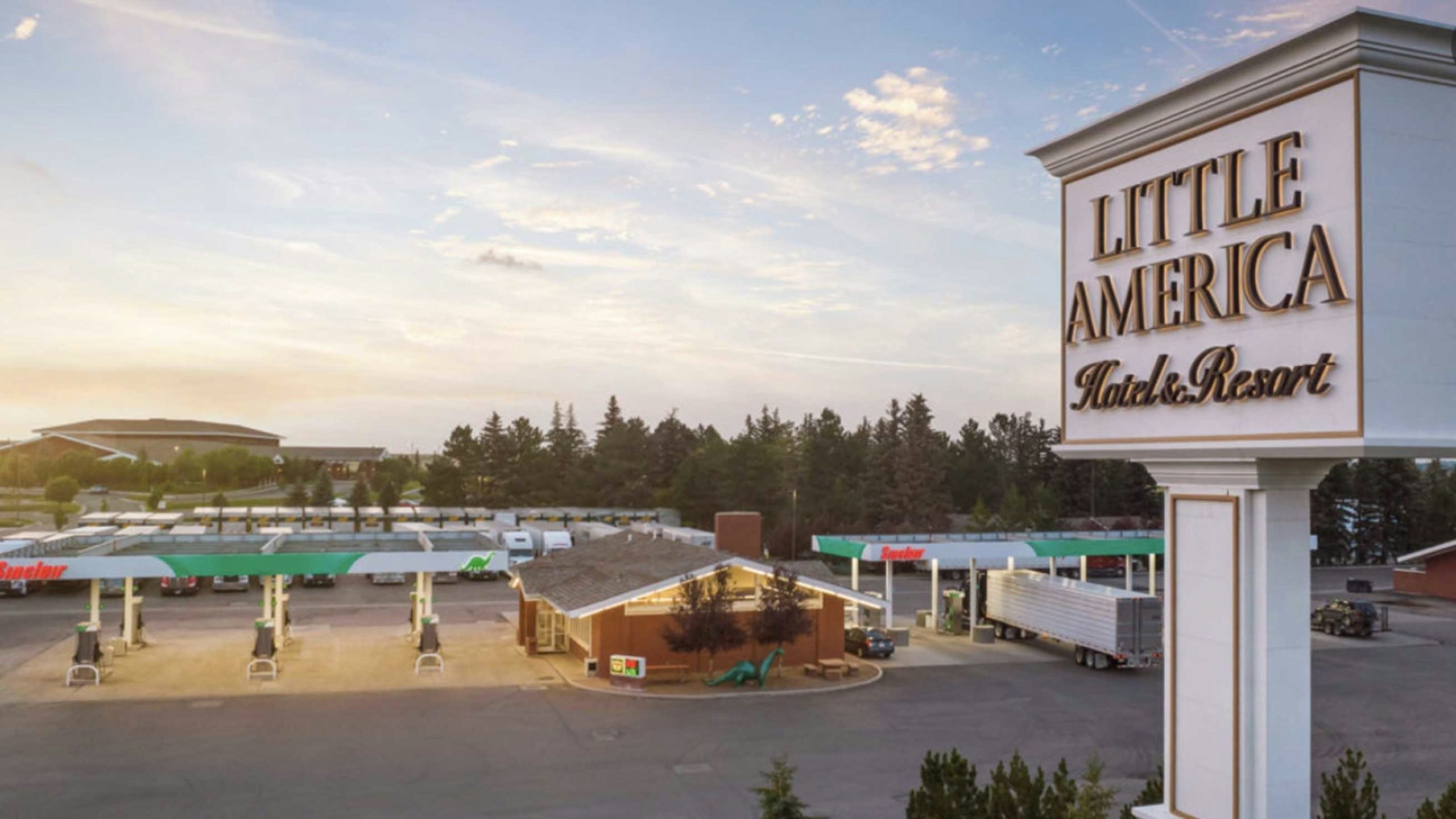Since it started in 2021, Wyoming’s statewide lodging tax has generated nearly $80 million for the Wyoming Office of Tourism to help boost tourism around the state.
The tax levies a 5% surcharge on most lodging in the state and allows local governments to impose additional lodging taxes of up to 2%.
A total of $79.4 million was raised for the state through the lodging tax as of July 1. After only raising $29 million in the 2021-2022 biennium, revenue exploded in the 2023-2024 biennium to $49 million.
This slightly exceeds the $19 million in annual revenue the tax was expected to generate when first passed.
This money is put back into the office’s budget for the promotion of tourism around the state. The office also delivers a $5 million grant each biennium to each of the lodging tax boards for tourism development across the state.
Local lodging revenues grew by 9.1% from 2023 to 2024 from $29.6 million to $32.3 million.
COVID Comeback
The COVID-19 pandemic greatly curbed tourism throughout the nation and Wyoming. State Office of Tourism Director Diane Shober told the Legislature’s Joint Travel, Recreation, Wildlife and Cultural Resources committee on Tuesday this resulted in the summers of 2021 and 2022 becoming “almost unicorn years,” filled with significant rebound activity and Wyoming receiving “much more than our fair share.”
She said 2024 is looking a bit more modest, with certain parts of the state doing well and others not faring as well, pointing out that flooding and fires typically put a damper on tourist travel.
Chris Brown, executive director of the Wyoming Hospitality and Travel Coalition, had a rosier perspective and said this summer was the first since the pandemic where he’s heard more positivity from the hospitality and tourism industry about labor supply. Overall, Wyoming recorded approximately 3,400 or 1.1% more payroll jobs in the second quarter of 2024 compared to the prior year.
“I feel like we’re starting to get to the other end of some of that labor concern,” he said. “Generally speaking, I feel like the labor issue the industry has dealt with is trending in the right direction.”
From 2012 to 2023, tourism revenue nearly doubled in Wyoming, he said.
Record breaking visitation at Yellowstone National Park this year helped lodging tax revenue in Teton County grow by 37.7%.
Travel co-chair state Rep. Sandy Newsome, R-Cody, pointed out that all the state and local lodging tax reports are all readily available online
“Things have been trending up, so we need to keep in mind that these reports are available to us,” she said.
By The Numbers
The Office of Tourism promotes Wyoming as a destination for visitors across the globe and country, advertising on a variety of different platforms and different campaigns. On Tuesday, the Office of Tourism promoted their marketing efforts and related data analytics to the Travel Committee. Shober said substantial evidence exists that their promotions have led to tourism dollars being spent all throughout the state.
The office had a $39 million budget in the last biennium, ending in a $40 million balance for the organization when factoring in lodging tax revenue, which Shober expects to be their rough average for the future. The department projects $44 million in lodging tax revenue over each of the next two bienniums.
Wyoming’s statewide lodging tax of 5% was passed into law in 2020. Of the tax, 3% goes to the state to fund its Office of Tourism. The other 2% stays in the county where it’s collected to boost local tourism.
Travel and hospitality is the second largest industry in the state as far as quantity of employees, supporting more than 30,000 full and part-time jobs.
Minerals Less Rosy
Although Wyoming’s overall economic picture is still showing growth, it's slowing when compared to 2023.
For the first time since the beginning of 2021, total taxable sales in Wyoming decreased 2.3% in the second quarter of 2024 compared to 2023. Wenlin Liu, chief economist for the state of Wyoming, said in a report released last Friday this can be attributed to an 18.9% drop in mining activities and 38.5% fewer projects in the utilities industry. In a recent BLM lease sale, the Bureau of Land Management offered just 159 acres in the sale, which netted a miniscule $27,593.80 for the two, 40-acre lots.
"After the considerable retreat in oil and natural gas prices, as well as coal production, mineral revenue was among the lowest since the third quarter of 2021,” Liu said.
Campbell County, one of the most mineral-rich counties in the state, saw a 16.5% hit to its taxable sales. Niobrara County, which has the lowest population in the state, saw an 82.4% growth.
Leo Wolfson can be reached at leo@cowboystatedaily.com.





